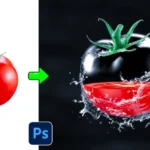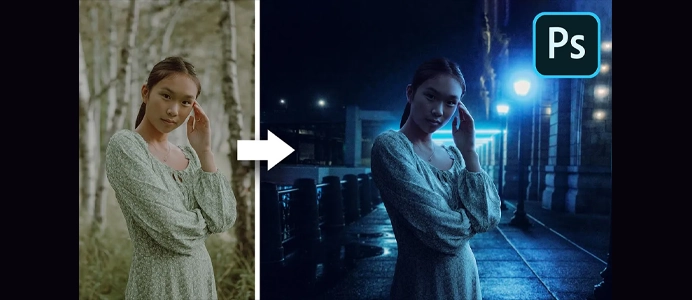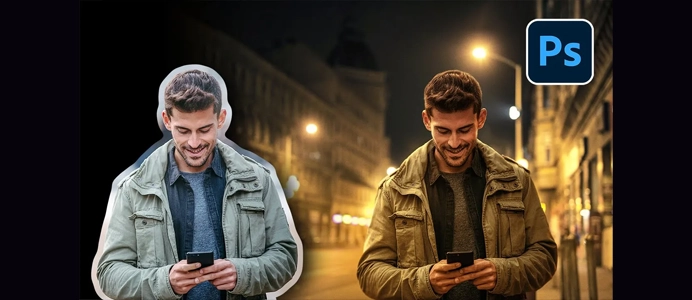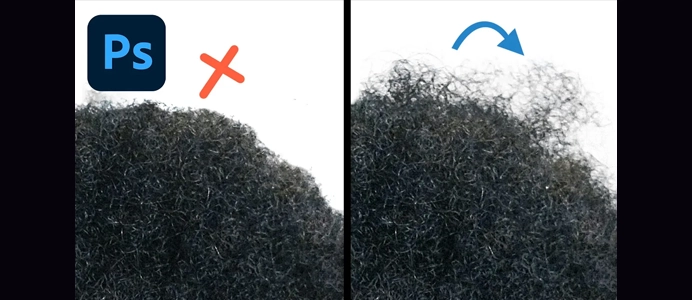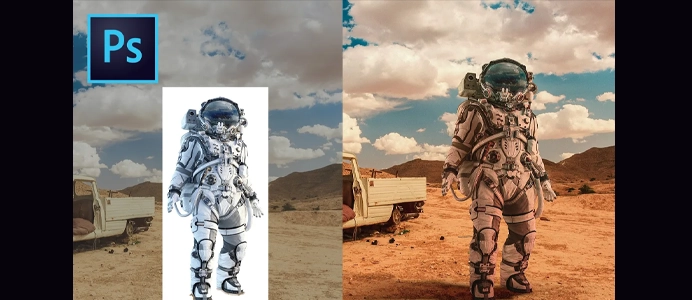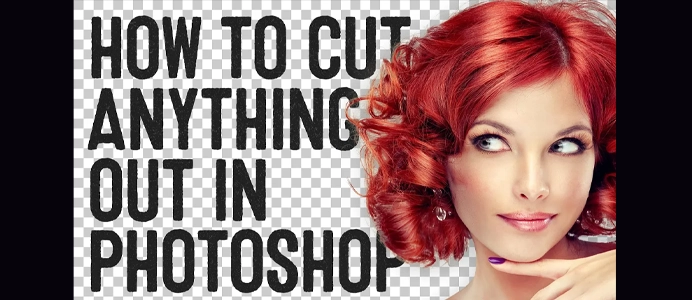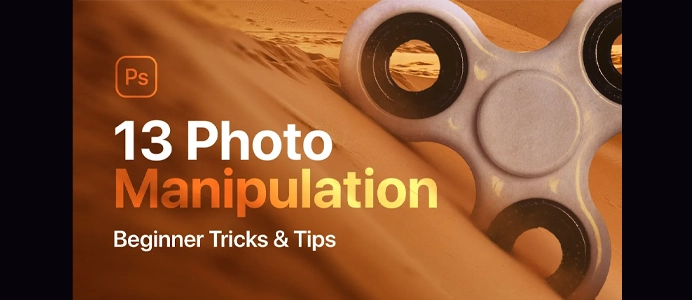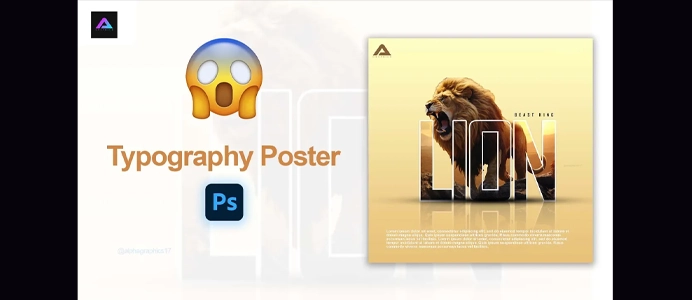How to Create a Dispersion Effect in Photoshop
Creating a dispersion effect in Photoshop involves making an object or subject appear as if it’s breaking apart into particles or fragments. Here’s a step-by-step guide:
1: Open Your Image
- Open the image you want to apply the dispersion effect to in Photoshop.
2: Duplicate the Layer
- Duplicate the layer by right-clicking on the background layer in the Layers panel and selecting “Duplicate Layer.”
3: Select the Subject
- Use the Pen Tool (P) or any selection tool of your choice to carefully select the subject or object you want to disperse. Make a precise selection around the edges.
4: Add a Layer Mask
- With the subject selected, click on the “Add Layer Mask” icon at the bottom of the Layers panel. This will create a layer mask based on your selection.
5: Duplicate the Layer Again
- Duplicate the layer with the layer mask by right-clicking and selecting “Duplicate Layer.”
6: Apply Filter > Liquify
- With the duplicated layer selected, go to
Filter > Liquify.Use the Forward Warp Tool (W) to push and distort the duplicated layer, creating a sense of dispersion. Pay attention to the direction in which you want the particles to scatter.
7: Use the Smudge Tool (Optional)
- If needed, use the Smudge Tool (R) to further refine the dispersion effect. This tool can help in stretching and smearing the edges of the dispersed particles.
8: Adjust Layer Opacity
- Adjust the opacity of the duplicated and liquified layer to control the intensity of the dispersion effect. Lower the opacity for a more subtle look.
9: Create Particle Trails (Optional)
- To enhance the dispersion effect, you can create particle trails. Use the Pen Tool to draw irregular shapes resembling particles shooting away from the dispersed subject.
10: Add Blur (Optional)
- Apply a motion blur to the particle trails or the dispersed subject. Go to
Filter > Blur > Motion Blurand adjust the angle and distance to simulate movement.
11: Add Adjustment Layers
- Add adjustment layers such as “Hue/Saturation” or “Color Balance” to match the color and tone of the dispersed particles with the surrounding environment.
12: Fine-Tune and Refine
- Fine-tune the dispersion effect by adjusting the layer masks, refining edges, and making additional adjustments to achieve the desired look.
13: Save and Export
- Once satisfied, save your work and export the image in your preferred format.
Tips:
- Experiment with Distortion:
- Try different distortion settings in the Liquify filter to achieve various dispersion effects.
- Vary Particle Sizes:
- Vary the size of the particles for a more realistic and dynamic look.
- Consider Background:
- Pay attention to the background and adjust the dispersion effect accordingly to make it appear natural.
- Use Brushes for Particles:
- Instead of manually drawing particle trails, you can use custom brushes or particle brushes for a quicker and more varied result.
Creating a dispersion effect in Photoshop allows for creative and dramatic visual effects. Experiment with the tools and settings to achieve the specific dispersion look you envision.


